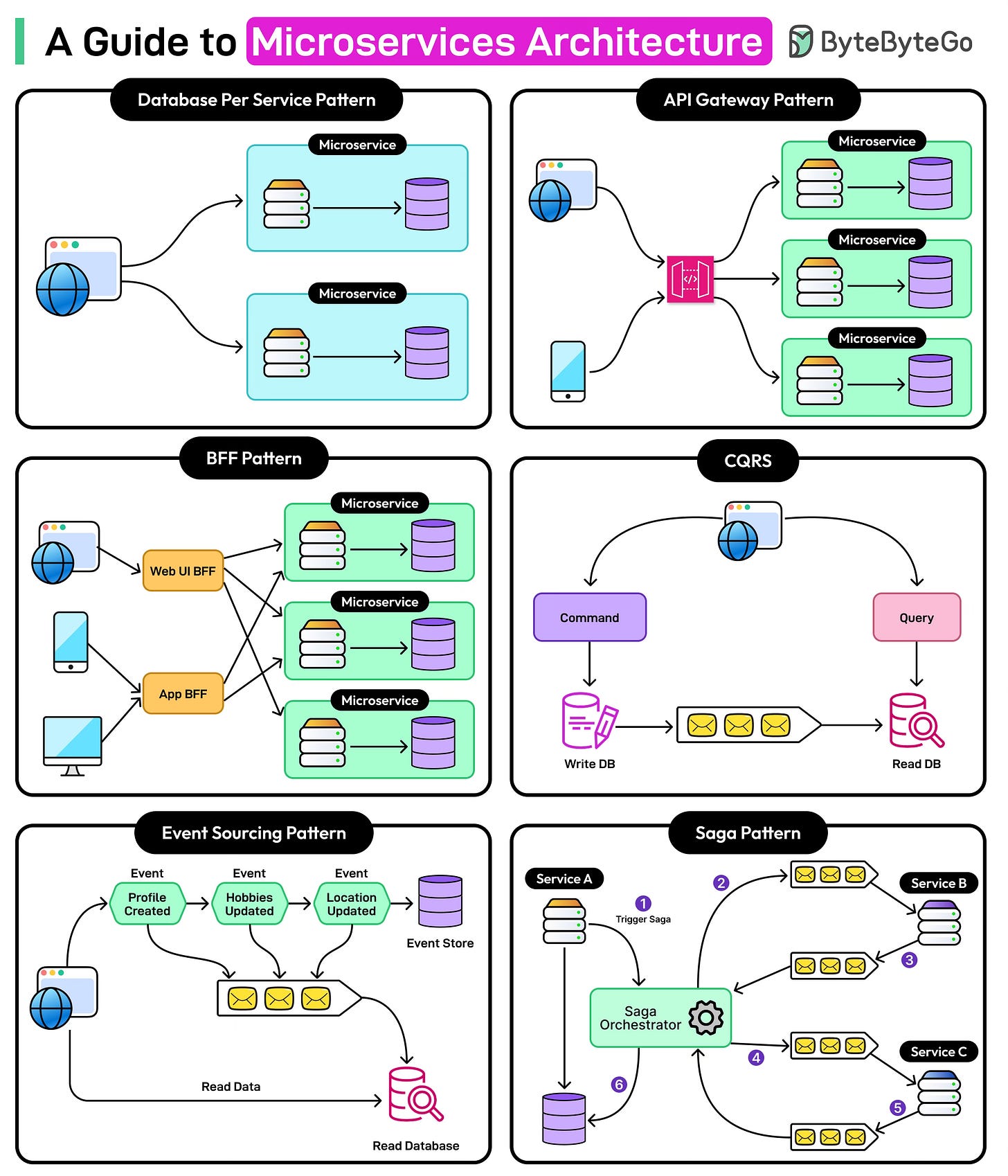A Guide to Microservices Architecture for Building Scalable Systems
Microservices architecture is a way of designing software applications as a collection of small, independent services that work together.
Instead of building one large monolithic application that handles everything, developers break the system into separate pieces. Each piece, called a microservice, focuses on a specific function such as payments, inventory, or user management. These services communicate with each other over a network and can be developed, tested, deployed, and scaled independently.
This approach is very different from the traditional monolithic architecture, where all features are bundled into a single application.
While monoliths can be simpler to start with, they become harder to maintain as they grow. Even a small change in one part may require rebuilding and redeploying the entire system. Microservices solve this by allowing teams to work on different services without affecting the rest of the system. They improve scalability, agility, and fault tolerance, which makes them well-suited for modern, large-scale applications.
At the same time, microservices also introduce complexity. Managing many small services requires strong design patterns, supporting infrastructure, and clear best practices.
In this article, we will explore these patterns, the main components of production-ready microservices, and the practices that help organizations succeed with this architecture.
Guiding Principles for Microservices
Keep reading with a 7-day free trial
Subscribe to ByteByteGo Newsletter to keep reading this post and get 7 days of free access to the full post archives.


